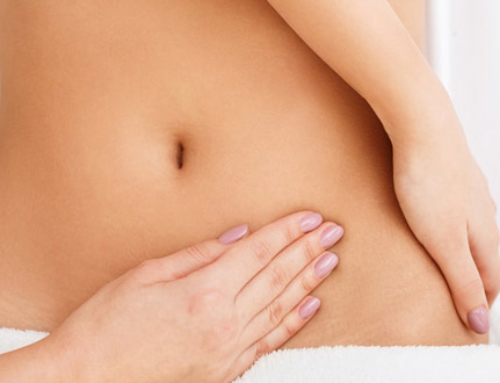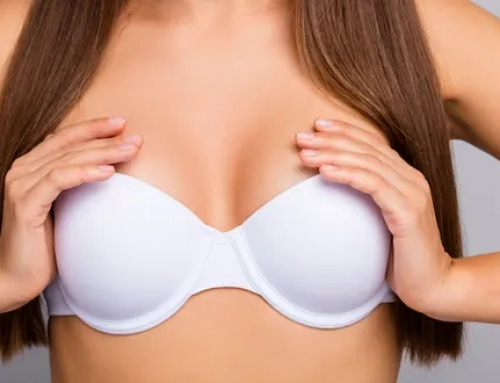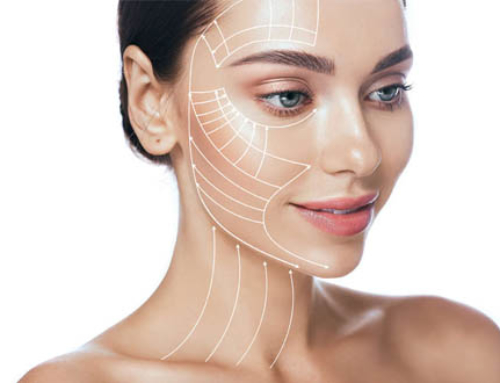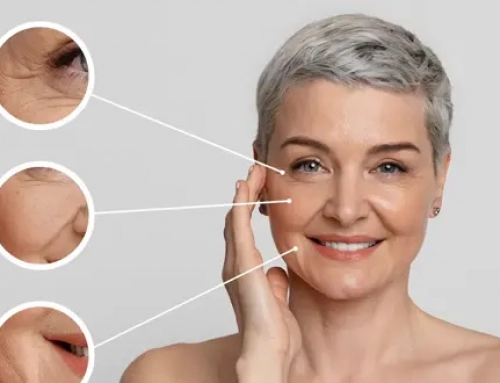Patients who wish to improve, define and sculpt their buttocks can choose among several buttock enhancement procedures. Depending on morphology and expectations, patients can request (from a qualified surgeon) one of these treatments :
- Hyaluronic acid injections
- Fat grafting buttock augmentation
- Buttock augmentation with implants.
This article discusses fat transfer buttock augmentation, which offers the benefit of including liposuction to harvest fat tissue and sculpt certain areas with excess fat.
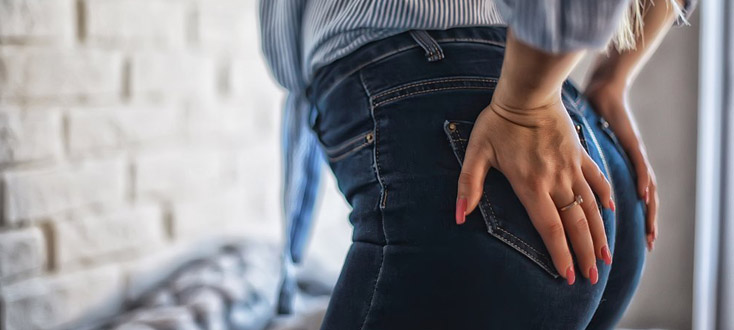
The difference between liposuction and BBL liposuction
Anatomy of the buttocks
The anatomy of the buttocks is fairly simple and well known. Fat injections target subcutaneous tissue. Fat transferred in the subcutaneous layer increases buttock volume with a perfectly natural result. Fat grafting does not result in saggy glutes or worsen cellulite. It simply increases width between gluteal muscles and skin, changes the size and shape of the buttocks.
These three gluteal muscles will not be touched during surgery : gluteus maximus, gluteus medius, gluteus minimus. The muscular fascia between fat and muscles is not pierced during the procedure either.
Fat grafting and liposuction
The consultation is a very important part of any buttock enhancement procedure since it allows surgeons to assess volume throughout the body as well as the anatomy of the buttocks. If the patient’s objective is achievable and sufficient fat tissue can be harvested, the procedure may be scheduled. While fat grafting buttock augmentation includes liposuction, it only serves buttock volume increase. Patients requesting the removal of greater amounts of fat have to include a complete liposuction in their procedure. Fat grafting buttock augmentation, also known as the Brazilian Butt Lift, is not a liposuction. Patients who don’t express the need to change their figure can benefit from fat grafting without a complete liposuction.

